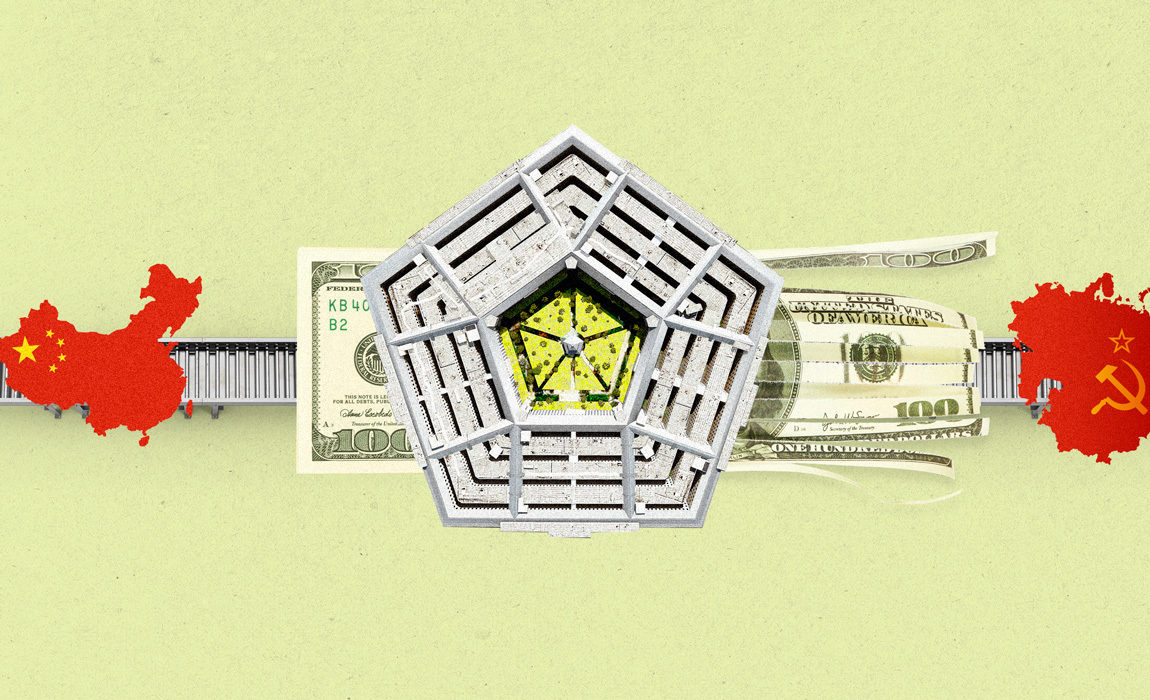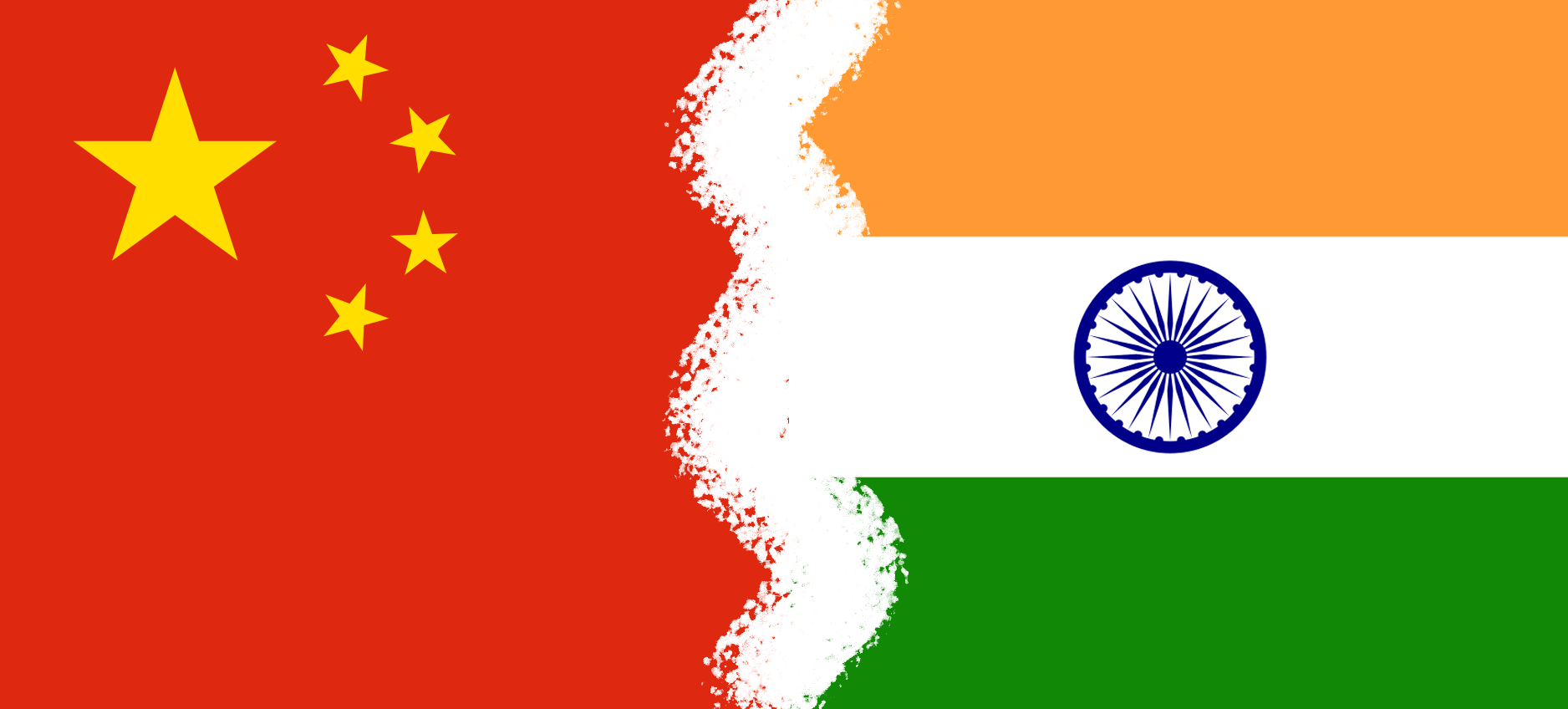Decoding Sino-Indian Diplomacy
BUSINESS STANDARD
APLN member Shyam Saran reviews Vijay Gokhale’s analysis on Chinese negotiating behaviour through a set of six issues relating to India-China relations. This article was originally published by the Business Standard and can be viewed here.
As an Indian Foreign Service officer fluent in the Chinese language and with long years of service in China and in managing India’s relations with China, Vijay Gokhale’s insights on Chinese negotiating behaviour have particular relevance at a point when these relations are under strain again. There is a mystique about Chinese statecraft and the skills of its diplomatic agents. The Chinese are good negotiators but not always. They are inheritors of a long and tried and tested tradition of statecraft but forged within a certain historical and cultural context. So does India but its foreign policy-making and diplomacy often lacks historical perspective. This lends a certain ad hoc character to the management of external relations and domestic political compulsions may compound this tendency. These are some key takeaways from Mr Gokhale’s latest book.
Mr Gokhale has analysed Chinese negotiating behaviour through a set of six issues relating to India-China relations. These relate to the recognition of the People’s Republic of China in 1949, the status of Tibet and the conclusion of the India-China agreement in 1954 on trade and transit between India and Tibet, the Pokhran nuclear tests in 1998, the status of Sikkim after its formal incorporation in the Indian Union in 1975, the Indo-US nuclear deal of 2008 and its impact on India-China relations and the controversy over the inclusion of Pakistan-based Jaish-e-Mohammad chief Masood Azhar in the UN list of terrorists. These follow a chronological order and convey that, by and large, India’s understanding of China’s negotiating behaviour has improved over time as has the capacity to counter it.
There has already been considerable criticism of Nehru’s handling of China and his misreading of Chinese intentions that led to the disastrous border war of 1962. Mr Gokhale spells out how Indian calculations went wrong in the decade of the 1950s. Nehru sometimes downplayed India’s security challenges in seeking a larger-than-life role as an international statesman and nowhere was this more apparent than in India’s policy towards China. There was haste in recognising the communist regime in 1949 and too readily conceding its military take-over of Tibet without even attempting to seek any quid pro quo. Nehru’s stature as a political leader allowed him to disregard voices of caution within his own cabinet and among professionals within the Indian foreign service establishment. This ultimately resulted in outcomes that severely undermined India’s interests. On the Chinese side, however, there was cold calculation at work, careful and comprehensive homework and a sophisticated sense of timing in undertaking moves. Nothing would be conceded unless there was a quid pro quo. Promoting goodwill is an instrument not an objective.
As Mr Gokhale has demonstrated, China does not always get it right and those instances are as instructive as are India’s mis-steps. For example, China did not anticipate how quickly the US would be ready to adjust its nuclear non-proliferation policy to accommodate India, first by initiating the Strobe Talbott-Jaswant Singh talks and then, under President Bush, concluding a civil nuclear deal that allowed India an entry into the international civil nuclear energy market without accepting any limitations on its strategic programme.
Mr Gokhale also draws attention to Chinese sensitivity to its international credibility and image, and this was apparent in its eventual acquiescence to the listing of Masood Azhar as a terrorist at the UN. In these instances, India played its cards well, exploited the inconsistencies in Chinese public posture and practical behaviour and showed persistence in pursuing its interests. The lessons from Mr Gokhale’s book have a relevance beyond the management of India’s relations with China.
There are a few inaccuracies in the book. On page 89, it is stated that while the joint statement issued after the visit of Chinese Premier Wen Jiabao in April 2005 had used the words,” Sikkim State of India”, it was “only some years later that China finally changed its official map to show Sikkim as part of India.” The Chinese had handed over a revised map showing Sikkim with the same colour wash as the rest of India during that visit itself. As foreign secretary at the time, I had displayed the map at a press conference.
The Nuclear Suppliers Group’s decision to grant India a permanent waiver was adopted by consensus. So there was no Chinese “abstention” as mentioned in the book. Very early on the morning of the vote, the Chinese mission in Vienna conveyed a written message to our delegation stating that China would not oppose the draft as it was formulated. While Mr Gokhale credits India’s success to US arm-twisting of its allies, Indian diplomacy also played a significant role. As Prime Minister’s Special Envoy, I must have visited over 20 NSG member-countries to persuade them to support a waiver for India, and so had many of my colleagues.
Finally, did the Chinese influence the Left parties in India to oppose the nuclear deal? I confess I was not aware of any such influence but Mr Gokhale may be better informed. In conversations I had with these political leaders, the opposition was on account of what they saw as a growing Indian alignment with the US.
Image: Unsplash stock, CHUTTERSNAP.




